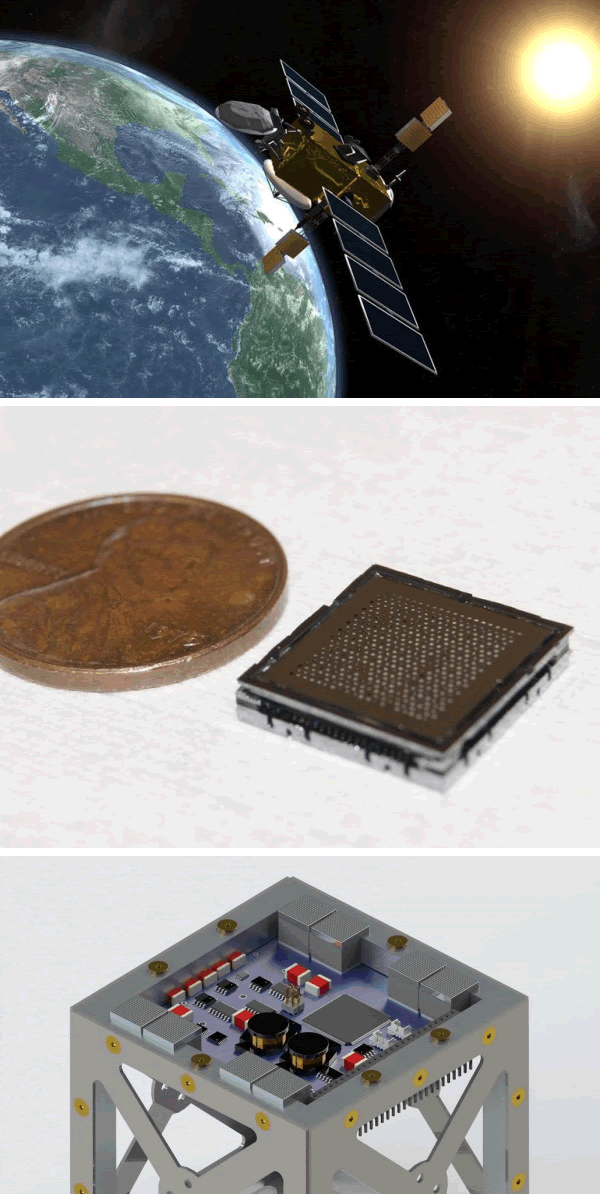Small, low-cost satellites are playing an increasingly important role in communications, research, and exploration. However, according to a report released by MIT Aerospace expert Natalya Brikner, the main problem with small satellites currently lies in the lack of suitable propulsion devices. When the small satellite arrived at the designated camera point, it could not be controlled. After rotating around the earth, it entered the atmosphere and burned for several months. As the current CEO and co-founder of Accion Systems, a spin-off of MIT, Brikner has successfully developed a miniature electric propulsion system codenamed MAX-1 to help solve this problem.

The device consists of a liquid tank capable of storing liquid salt propellers and an array of eight chips. Each chip has an area of ​​1 square centimeter (about 0.4 square inches) and a thickness of 2 millimeters (about 0.08 inches) per chip. There are about 500 pin contacts that absorb liquids like sponges. During the test, the mini version of the MAX-1 was able to generate a thrust of 0.0001 newton. It was stated in the report that this force was sufficient to stabilize the CubeSat microsatellite launched from the International Space Station. The MAX-1 plans to begin mass production in July this year and is expected to be available before the end of this year.
Smart Night Light,Led Pool Light,Swimming Pool Lights,Swimming Pool Led Lights
Guangdong Smart Street Lighting Co., Ltd , https://www.gdfldlight.com